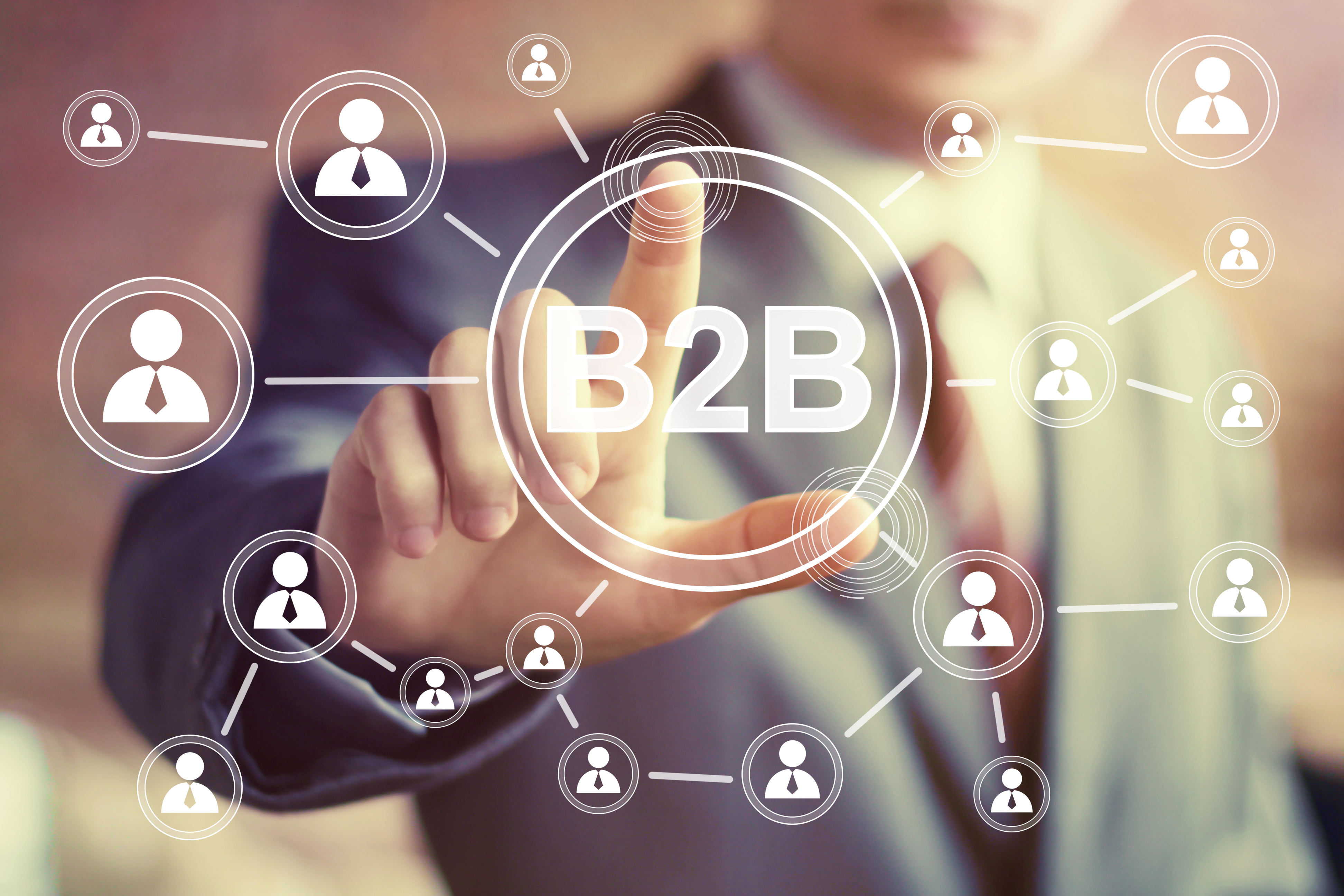Demand generation and account-based marketing are important tactics in B2B marketing – and rightfully so. They both enable companies to craft a more personalized experience for prospects throughout the sales cycle.
Speaking of sales cycles, they can be long in the B2B market, so it’s imperative that marketing and sales teams find alignment along the customer journey so that prospects have a seamless experience.
Perhaps you already have demand generation or ABM strategies in place, but are your tactics connected well enough to truly engage accounts and contacts, or do you feel stuck in an endless loop, going nowhere?
Let’s break down these tactics to build a stronger approach where ABM and Demand Gen are working in sync to create stronger campaigns.
Lead Generation Vs. Demand Generation
First off, we need to make sure that we have the same starting line.
Lead generation is the process of capturing contact information for the purpose of nurturing potential clients through the marketing and sales pipeline. For example, when someone provides you info via a form fill or similar means, you can then store the contact info as a “lead,” which you can use for future marketing efforts.
The problem with most lead gen? The lead may or may not be a good fit as a prospect or potential client!
Lead generation for the sake of lead generation is useless: just because you get 15 leads a day does not mean they are qualified leads that fit into your ideal client profile (ICP). Don’t waste your ad spend on that.
One step above this is demand generation, which is a larger approach to marketing programs that drive interest (or demand) in a company’s products and/or services.
Demand generation can be useful for companies that:
- Already have defined personas and ICPs
- Have a content strategy in place for educating buyers
- Define a structured alignment and process for passing leads from marketing to sales
- Have marketing tech tools in place, such as a CRM and MAP (Marketing Automation Platform)
At its core, demand generation puts specific activities into place that scale revenue and drive demand for ideal buyers.
How can ABM and Demand Generation Work Together?
Since demand generation can encompass many programs, campaigns, and tactics, account-based marketing can become a strategic component of a demand generation approach.
If companies still want to use other digital or traditional tactics, they can be implemented in tandem as a multi-channel approach to marketing, which helps to target accounts and contacts from multiple angles (and can always benefit the process).
In its very nature, ABM is a targeted approach because it is based upon specific accounts that a company wants to work with based upon their specific traits, such as size, location, or revenue. Therefore, ABM fits ideally within B2B demand generation.
ABM enables demand generation to produce more qualified leads that better align with the company’s ICP because if you’re aligning ABM strategy and demand gen goals, you can successfully add individual contacts to map out the accounts that you’re targeting, which means you’re actually getting in touch with decision-makers.
Here’s what ABM can do within a demand gen program:
- Increase the quality of contacts that come through as leads
- Align sales and marketing teams
- Accelerate the sales cycle and pipeline
Actionable Steps to Use ABM Strategy within Demand Generation
It’s time to put it all into action! The great thing about ABM is that it aligns your best resources with your best opportunities – it helps the marketing team get more engagement, and helps the sales team close more deals.
- Lay Your Foundation
Do you know how to get started with ABM? As with any marketing initiative, you have to start with SMART goals and KPIs. Make sure that marketing and sales teams agree on these goals.
- Define Your ICPs
You may already have a pretty good idea of your buyer personas and ideal client profiles, but to align ABM within demand gen goals, these need to be tightly defined. What industries do you sell into? What’s their minimum revenue to be able to afford your products/services? What region(s) are you targeting? What challenges do you solve?
- Curate Your Content
Content is an integral part of demand gen and ABM because it’s how you become a thought leader in your space and educate your ideal customers. It’s how you show them that you have a solution to the challenges they’re facing and that you can make their lives easier. Content can also come in a variety of forms, and you can recycle it for various needs – work smarter, not harder!
- Choose Your Channels
If you have a strong demand gen program, you already know it’s important to use an omnichannel approach. However, many marketers think of ABM as only an outbound or advertising tactic, which simply isn’t true. ABM should also be part of a strategy that employs multiple channels to gain the attention of the accounts you’re targeting. Choose the channels that are most ideal for where your decision makers spend time.
- Connect Your Tech Stack
Hopefully, you already have a great CRM and MAP like HubSpot to be the core of your tech stack. From there, find tools that integrate seamlessly so that you can run campaigns more quickly. You will also then perform activities through your activation channels (above) and data channels, which is where demand gen and other ABM tactics come into play.
Once you have these steps in place, it’s about continuing to use the resources you’re gaining from your demand gen efforts and continually measuring and reporting to make your campaigns better over time.
If you’re using strategic ABM within demand generation, you’ll be able to focus on pipeline quality by focusing on the accounts that matter, because your sales team has likely hand-picked them! That way, you’re spending ad dollars where it counts because your targets will be a good fit for your products/services from the start.
Ready to stop generating leads that only lead you to a dead-end? Combine demand generation with strategic ABM and you’ll be on the way to roads with higher revenue.
ABM campaign planning and implementation is complicated.
Break it down into manageable steps with our practical guide, Success in ABM Campaign Planning: A Workbook




